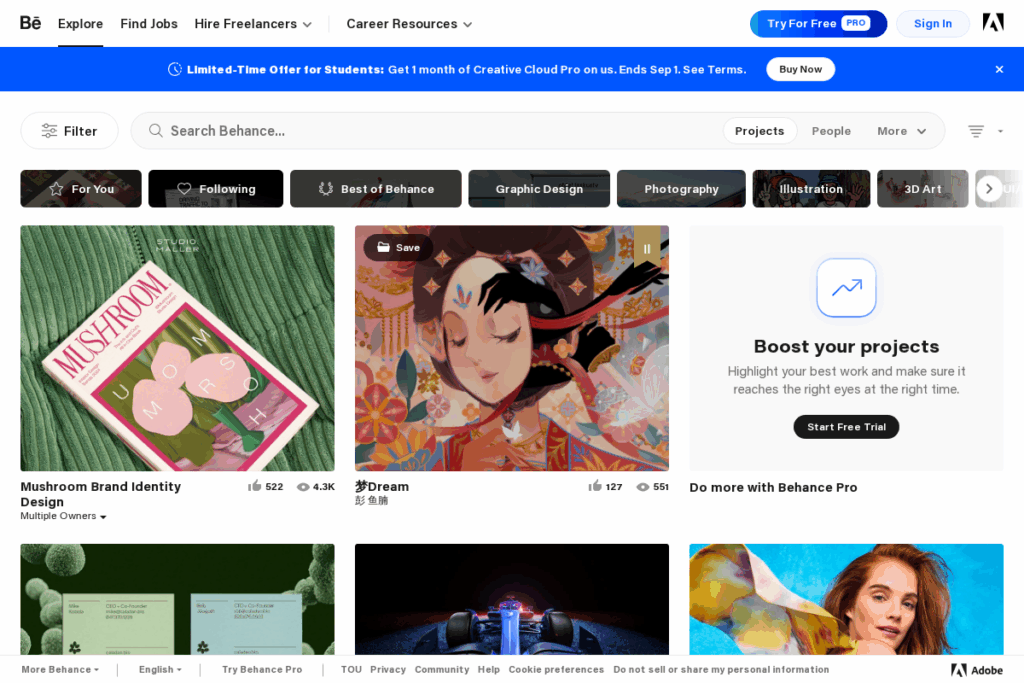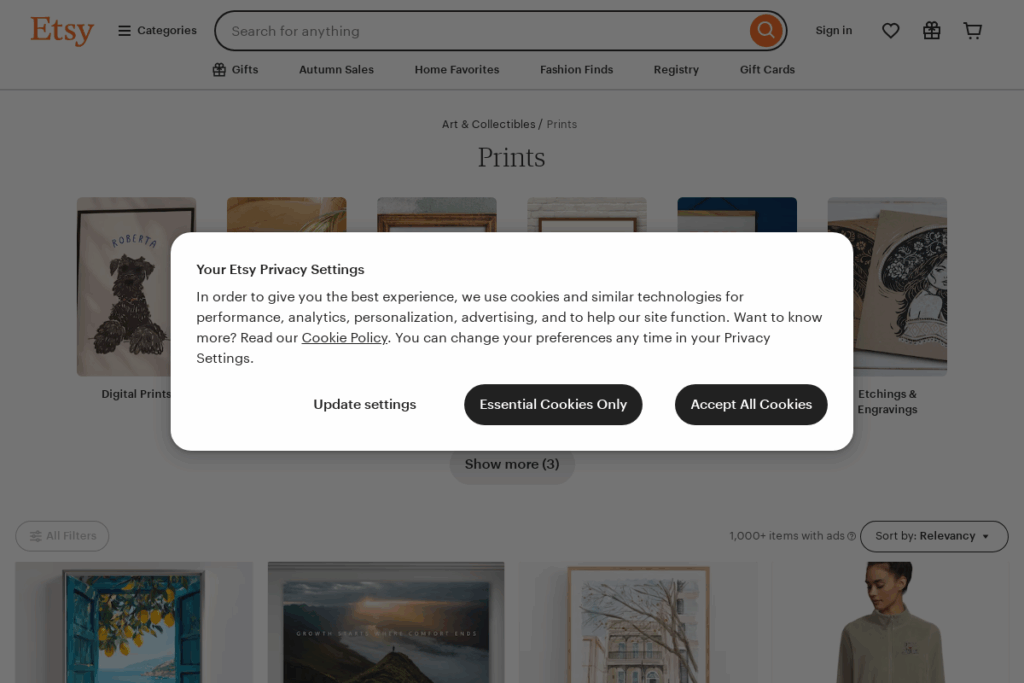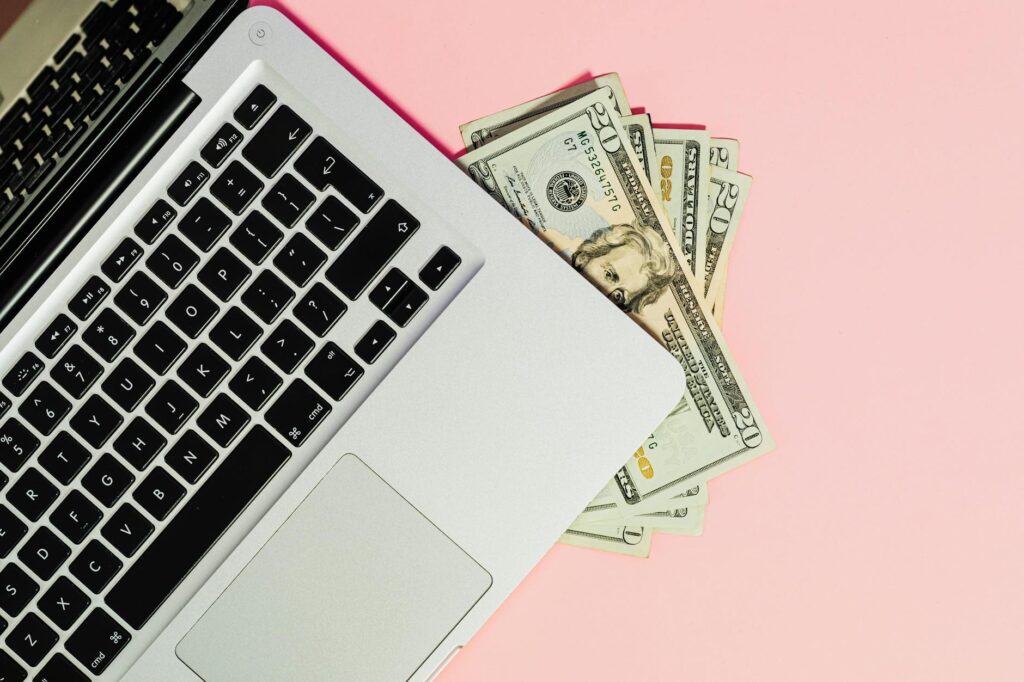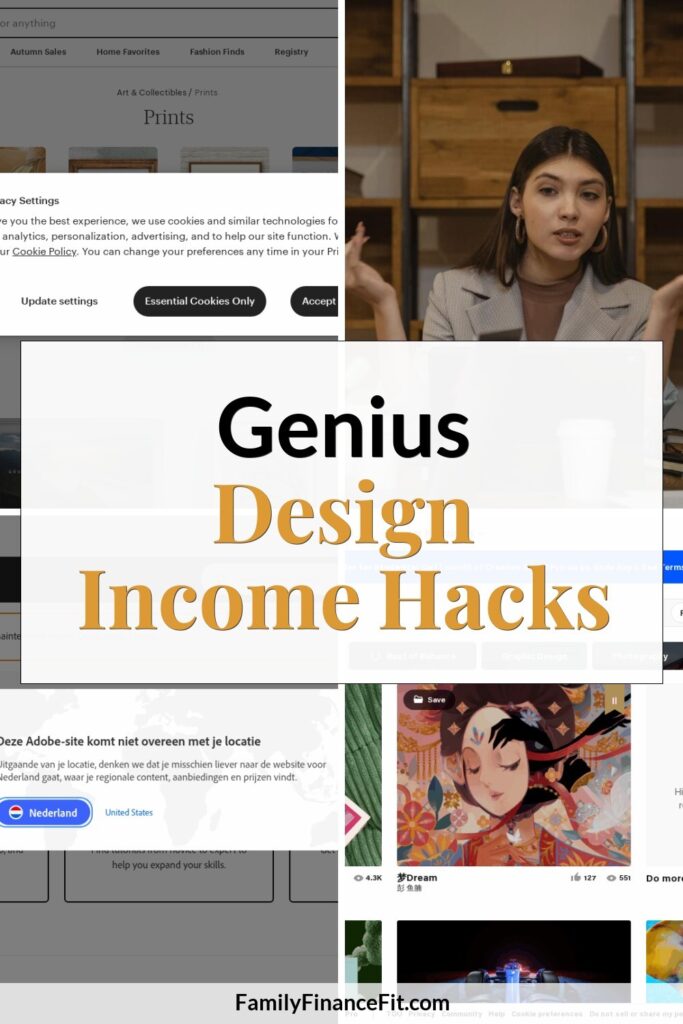If you light up at the thought of transforming ideas into eye-catching graphics or beautiful websites, you’re in the right place. My passion is personal finance, but what truly excites me is the way creative side hustles can lead to real, sustainable online income. In this article, you’ll discover actionable ways to get paid for your design skills without sacrificing the joys that make life enjoyable. Whether you want to boost your savings, save for a dream trip, or eventually transition to a full-time creative career, you’ll find practical paths forward right here.
Identify the Design Niche That Excites You

Before you jump into the freelance world, it’s important to pinpoint which area of design ignites your motivation. Graphic design is a broad field: you might specialize in logo creation, social media graphics, web design, or even niche solutions like book covers or product packaging. Recent trends highlight the growing demand for UI/UX designers, as more businesses look to improve their digital presences. Checking out what platforms like Canva’s design ideas showcase can inspire you and help you spot gaps you’re excited to fill.
Your unique style or cultural background can also be a big asset. If you’re just starting out, spend some time exploring recent design trends, which are always shifting with technology and consumer tastes. It pays to find a niche, not just for creativity’s sake, but because focused expertise often leads to higher pay and better referrals as you become the go-to in your chosen arena.
Build an Irresistible Design Portfolio

Potential clients rarely take a chance on design talent without seeing work samples first. A beautifully organized portfolio is your calling card. You don’t need dozens of polished projects—just a handful of strong, relevant examples tailored to your dream clients. Sites like Behance and Dribbble are the two biggest online showcases for designers.
If you’re new, create mock-up projects or revamp the branding of a favorite local business; just make sure to clearly label them as personal projects. Play with different presentation techniques, like before-and-after versions, or interactive prototypes via Adobe XD. Over time, as real clients start hiring you, swap in those projects so your portfolio stays sharp, current, and genuinely reflects your growth as a designer.
Leverage Freelancer Platforms to Find Early Clients
Freelance marketplaces are one of the fastest ways to connect with paying clients, especially when building your reputation. Sites like Upwork and Fiverr’s graphics section make it easy to market your skills and start earning, even with limited professional experience. To stand out, craft personalized proposals and start with small projects so you can rack up strong reviews—and confidence.
Remember, these marketplaces are global. You might compete with thousands, but focusing your pitch on your specialty, quick turnaround, or a unique style can help you secure gigs. As you gain experience and testimonials, you can increase your rates or shift to higher-paying clients off-platform. Many designers eventually graduate to more lucrative work by leveraging early platform successes to score direct contracts, or by growing their business into one of many long-term ventures that create true online freedom.

Direct Outreach: How to Land Clients Beyond Platforms
While freelancer sites are a great starting point, they aren’t the only source of design income. Many high-paying clients are found through direct outreach. Research small businesses, bloggers, or digital-first brands in need of design upgrades. Reach out with a short, tailored message and a link to your portfolio. Point out one specific way you could improve their visuals or user experience.
LinkedIn is a powerful channel for connecting with decision-makers. You can also join industry Facebook groups, online communities, or attend local networking events to spread the word about your services. The key is personalization—avoid generic pitches and show genuine interest in the recipient’s business or project. Persistence pays off, as one thoughtful introduction can sometimes lead to months of steady work or larger contracts as you establish trust.
Create and Sell Digital Design Products

Another profitable avenue is producing and selling reusable digital designs. Marketplaces like Creative Market and Etsy’s digital prints section offer huge customer bases eager for templates, logos, printables, and other assets. If you have a knack for trend-spotting or original patterns, passive income can snowball as your listings gain traction.
You’ll need to master not just design but also smart digital listing strategies—think quality mock-ups, well-chosen keywords, and prompt customer support. Many creators combine this model with services, building a diverse design business. For those curious about multiplying income streams, this method pairs well with exploring multiple side hustles to meet ambitious savings targets or financial milestones.

Set Prices That Reflect Your Worth
Pricing can be one of the toughest hurdles for new designers, yet it’s crucial for making your side hustle genuinely profitable. Avoid the temptation to undercharge simply to get hired. Research average rates for your type of design work on sites like Freelancermap or see what seasoned designers are charging on Upwork and Behance profiles.
Factor in your time, complexity, and the value your work brings to a client’s business. While hourly rates are common, many pros recommend flat fees for clearer expectations—especially for packaged products or recurring content design. Over time, as your skills and reputation grow, don’t be afraid to raise your prices. Remember, setting sustainable rates is key to turning your passion into a meaningful source of income rather than just a hobby.
Stay Inspired and Up-to-Date With Trends

The design world moves fast. Staying inspired and in demand means keeping your skills sharp and your aesthetic fresh. Regularly browse sites such as 99designs trend reports or subscribe to design newsletters like Sidebar or Smashing Magazine. Social channels like Instagram and Pinterest remain goldmines for visual inspiration.
Becoming part of online design communities allows you to seek feedback, swap tips, and even spot new job opportunities. Formal online courses, webinars, and certifications not only boost your skills but also look great on your portfolio and proposals. If you ever feel stuck or uninspired, remember that flexibility is your ally and experimentation leads to creative breakthroughs as well as new income streams. Persistently learning helps keep your work both rewarding and marketable, no matter how trends shift.

Conclusion: Channel Your Creativity Into Lasting Income
Getting paid for your design skills unlocks so much more than just extra cash. It’s about creating new possibilities and finding satisfaction in work that blends creativity and financial progress. My journey began as a side project, and it’s given me not just income but real freedom to earn online on my terms. Whether you envision a flexible creative side hustle or dream of leaving the nine-to-five altogether, the steps above can help you spark your own design journey. Embrace flexibility, keep learning, set solid boundaries, and enjoy every small win along the way.

